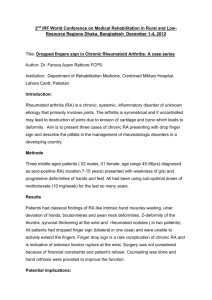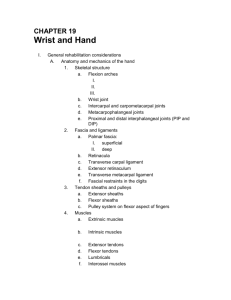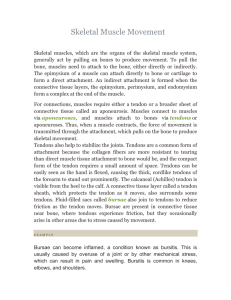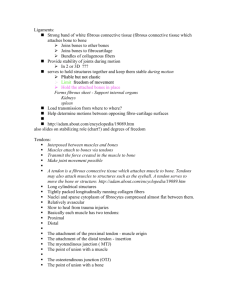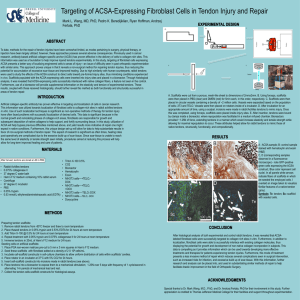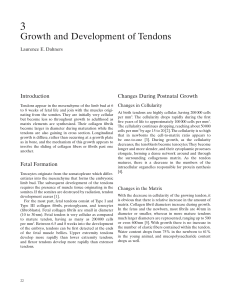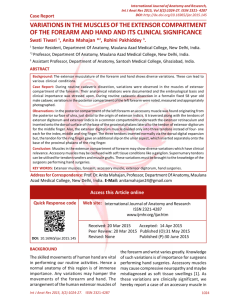extensor tendon injuries faq - American Association for Hand Surgery
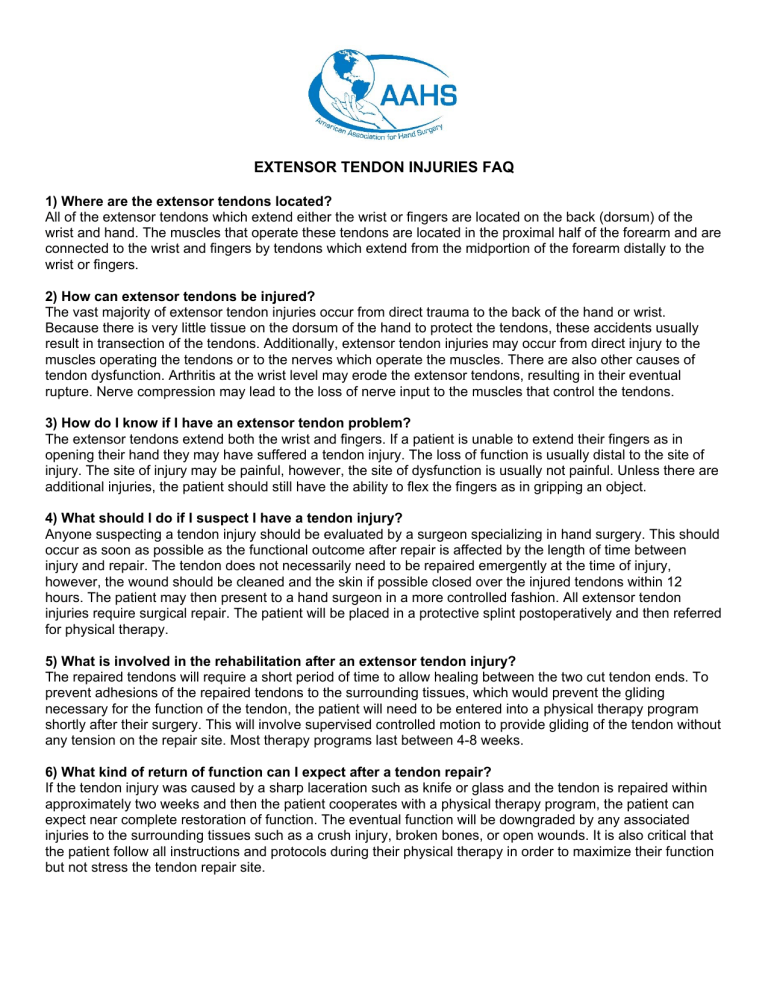
EXTENSOR TENDON INJURIES FAQ
1) Where are the extensor tendons located?
All of the extensor tendons which extend either the wrist or fingers are located on the back (dorsum) of the wrist and hand. The muscles that operate these tendons are located in the proximal half of the forearm and are connected to the wrist and fingers by tendons which extend from the midportion of the forearm distally to the wrist or fingers.
2) How can extensor tendons be injured?
The vast majority of extensor tendon injuries occur from direct trauma to the back of the hand or wrist.
Because there is very little tissue on the dorsum of the hand to protect the tendons, these accidents usually result in transection of the tendons. Additionally, extensor tendon injuries may occur from direct injury to the muscles operating the tendons or to the nerves which operate the muscles. There are also other causes of tendon dysfunction. Arthritis at the wrist level may erode the extensor tendons, resulting in their eventual rupture. Nerve compression may lead to the loss of nerve input to the muscles that control the tendons.
3) How do I know if I have an extensor tendon problem?
The extensor tendons extend both the wrist and fingers. If a patient is unable to extend their fingers as in opening their hand they may have suffered a tendon injury. The loss of function is usually distal to the site of injury. The site of injury may be painful, however, the site of dysfunction is usually not painful. Unless there are additional injuries, the patient should still have the ability to flex the fingers as in gripping an object.
4) What should I do if I suspect I have a tendon injury?
Anyone suspecting a tendon injury should be evaluated by a surgeon specializing in hand surgery. This should occur as soon as possible as the functional outcome after repair is affected by the length of time between injury and repair. The tendon does not necessarily need to be repaired emergently at the time of injury, however, the wound should be cleaned and the skin if possible closed over the injured tendons within 12 hours. The patient may then present to a hand surgeon in a more controlled fashion. All extensor tendon injuries require surgical repair. The patient will be placed in a protective splint postoperatively and then referred for physical therapy.
5) What is involved in the rehabilitation after an extensor tendon injury?
The repaired tendons will require a short period of time to allow healing between the two cut tendon ends. To prevent adhesions of the repaired tendons to the surrounding tissues, which would prevent the gliding necessary for the function of the tendon, the patient will need to be entered into a physical therapy program shortly after their surgery. This will involve supervised controlled motion to provide gliding of the tendon without any tension on the repair site. Most therapy programs last between 4-8 weeks.
6) What kind of return of function can I expect after a tendon repair?
If the tendon injury was caused by a sharp laceration such as knife or glass and the tendon is repaired within approximately two weeks and then the patient cooperates with a physical therapy program, the patient can expect near complete restoration of function. The eventual function will be downgraded by any associated injuries to the surrounding tissues such as a crush injury, broken bones, or open wounds. It is also critical that the patient follow all instructions and protocols during their physical therapy in order to maximize their function but not stress the tendon repair site.

